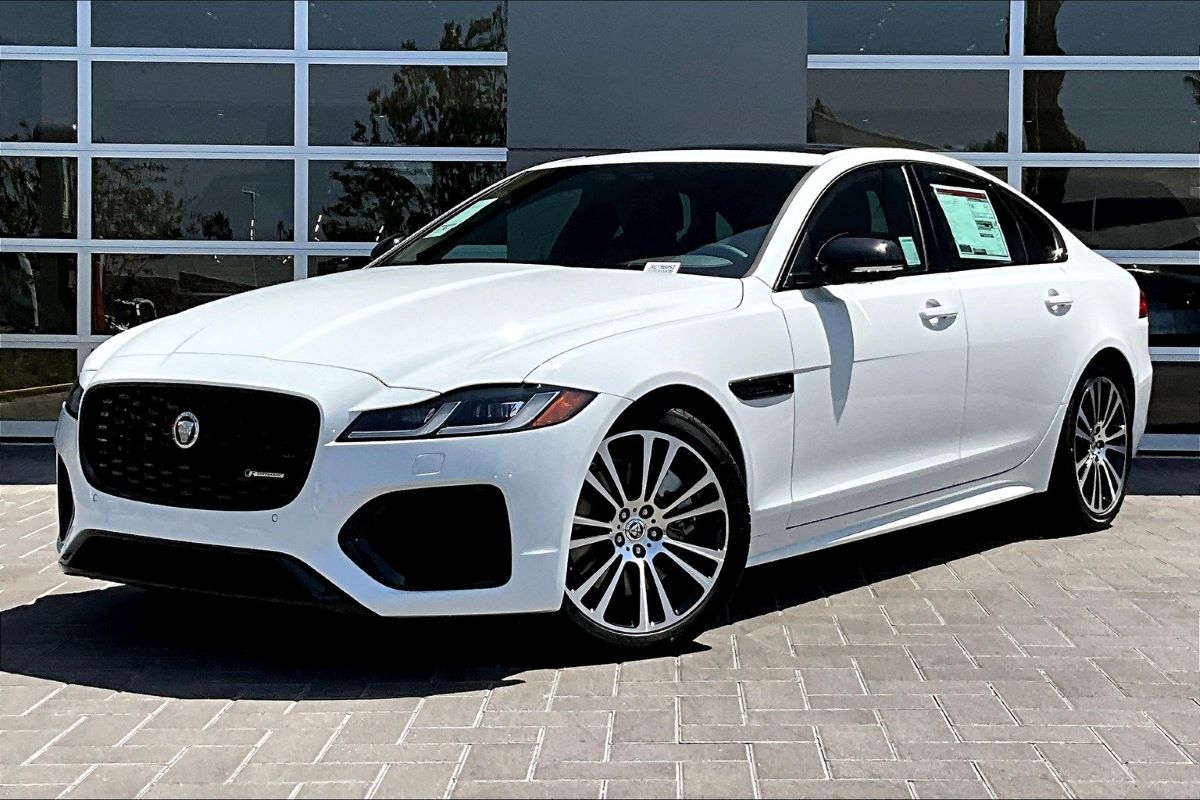Luxury cars have long been symbols of status, refinement, and top-tier engineering. But owning one doesn’t always have to mean spending a fortune.
Thanks to depreciation, many formerly high-end luxury models can now be found for under $15,000 on the used market.
For savvy buyers, this price range can open the door to exceptional vehicles that still offer premium comfort, powerful performance, and impressive features—even a decade or more after their initial release.
However, not all luxury cars age gracefully. Some fall victim to reliability issues, expensive repairs, or dated technology that make them more of a financial liability than a driving pleasure. While they may seem like a steal at first glance, these cars can quickly turn into money pits for unsuspecting buyers.
In this article, we’ll explore two distinct sides of the sub-$15K luxury car market. First, we’ll spotlight five luxury vehicles that are still very much worth buying—offering a rewarding ownership experience without draining your wallet.
Then, we’ll shift gears and examine five models that might look good on paper but come with enough red flags to make most budget-conscious buyers think twice.
Let’s dive into the world of affordable luxury and see which models truly deliver—and which ones disappoint.
Also Read: 5 Cars That Sound Cheap But Last Forever and 5 That Sound Fancy But Fail
5 Luxury Cars Under $15K Still Worth Buying
Buying a luxury car for under $15,000 may seem like a gamble, but the right vehicle can offer tremendous value without the financial strain typically associated with upscale motoring.
While these cars were once status symbols with premium price tags, depreciation has placed several high-quality models within reach of budget-conscious enthusiasts.
The trick lies in identifying which of these aging luxury vehicles still provide a refined driving experience without the headaches of constant maintenance or costly repairs.
Not all used luxury cars are created equal. Some age like fine wine, continuing to deliver exceptional ride comfort, solid performance, and luxurious interiors long after their showroom days are over.
These are the models that stand out for their build quality, reliability, and ease of ownership. Whether you’re after a smooth highway cruiser, a sharp-handling sport sedan, or a feature-rich executive car, there are legitimate options on the used market that won’t leave you disappointed—or broke.
The vehicles featured in this list have proven themselves as long-term winners. They combine respectable reliability records, widespread parts availability, and driving dynamics that still feel special today.
Importantly, they’ve aged in a way that doesn’t leave them feeling obsolete or burdensome to maintain. These are luxury cars you can drive daily without fearing the repair bill lurking around the corner.
This list was curated with a focus on models that offer excellent overall ownership experience below the $15,000 mark, based on recent used car market data and consumer satisfaction.
The selections are varied in style—sedans, coupes, even sporty hybrids—but unified by their ability to deliver premium experiences at a used-car price point.
Let’s look at five luxury cars under $15K that are still very much worth your time—and your money.
1. 2011–2014 Lexus ES 350
The Lexus ES 350 from the 2011 to 2014 model years remains one of the most dependable and comfortable luxury sedans you can buy for under $15,000.
While it may not have the performance flash of a German counterpart, it excels in areas that matter most to long-term owners: reliability, build quality, ride comfort, and cost of ownership. In many ways, the ES 350 exemplifies what affordable luxury should be.
This generation of the ES rides on a proven platform shared with the Toyota Avalon, meaning it benefits from Toyota’s legendary engineering. Under the hood, it features a 3.5-liter V6 engine that produces 268 horsepower and is paired with a smooth-shifting 6-speed automatic transmission.
Acceleration is more than adequate, but what really sets the ES apart is its serene cabin experience. Noise insulation is top-tier, suspension tuning is soft and forgiving, and interior materials punch well above the car’s resale value.
Where many used luxury cars can become money pits due to complex electronics and fragile components, the ES 350 bucks the trend.
Maintenance costs are modest, and critical systems like the powertrain, HVAC, and infotainment tend to hold up well even beyond 150,000 miles. That’s a big deal for anyone shopping with long-term value in mind.
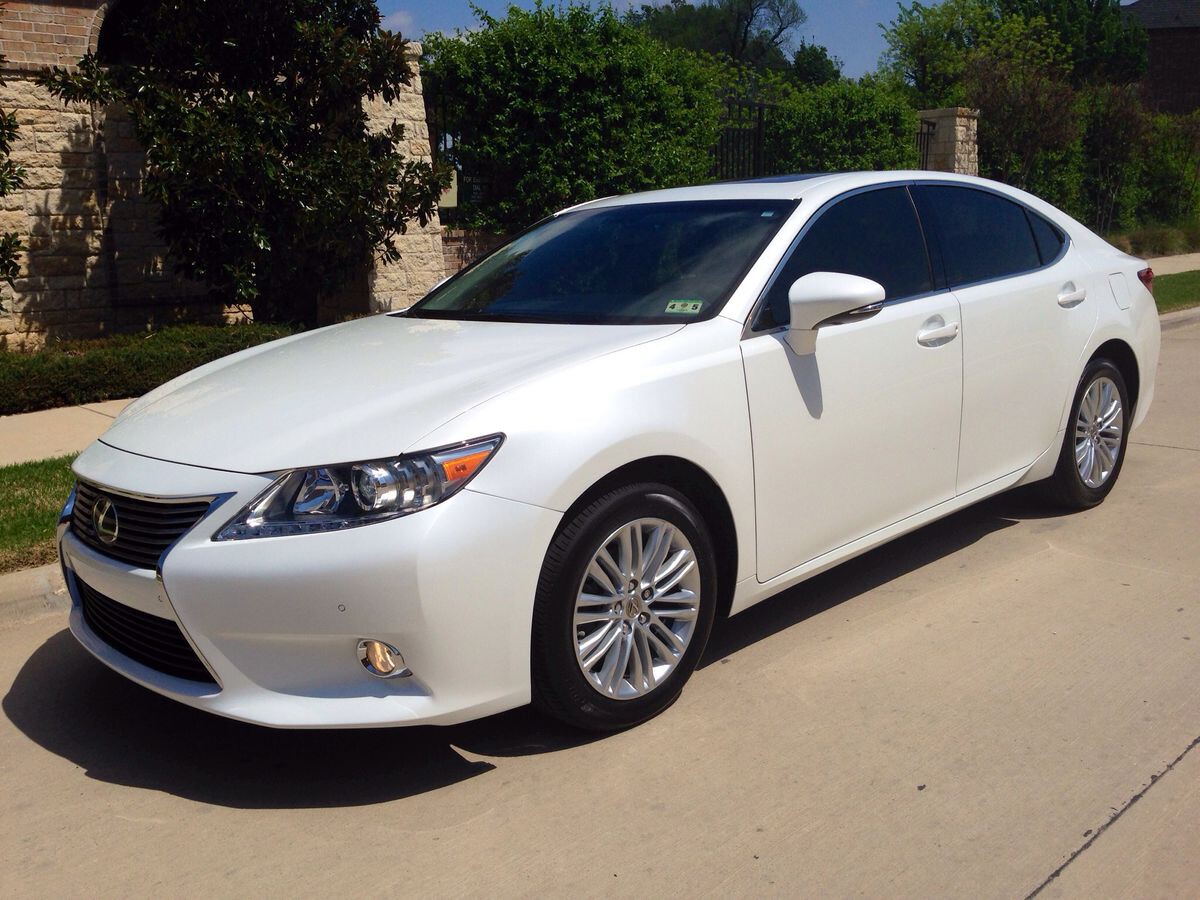
Inside, the ES offers leather upholstery, heated and ventilated seats (in higher trims), dual-zone climate control, and an optional Mark Levinson premium audio system. Even a base model is far from stripped down.
Plus, it boasts one of the roomiest rear seats in the midsize luxury segment, making it ideal for families or commuters who value comfort.
We chose the Lexus ES 350 for this list because it represents exactly what buyers should seek in a sub-$15K luxury car: refinement without the unreliability.
It may not stir the soul of driving purists, but for daily use, long highway slogs, and stress-free ownership, the ES 350 is among the most sensible and rewarding options out there. It’s the kind of car that just works—and keeps working—with elegance.
2. 2012–2015 Audi A6 3.0T Quattro
The 2012–2015 Audi A6 3.0T Quattro is a rare gem in the sub-$15K luxury market. While many used European cars are avoided due to long-term maintenance fears, this particular model stands out thanks to its exceptional performance, interior refinement, and surprising durability—particularly when equipped with the supercharged 3.0-liter V6 and Audi’s renowned Quattro all-wheel drive system.
The 3.0T variant is powered by a supercharged V6 producing 310 horsepower, paired to an 8-speed automatic transmission. It delivers smooth, brisk acceleration with minimal lag, and the standard Quattro AWD provides secure grip in all weather conditions.
Whether you’re tackling mountain roads or navigating wintery rural highways, this A6 feels composed, agile, and confident.
Inside, the Audi A6 impresses with one of the most tastefully designed and meticulously assembled cabins of its era.
The MMI infotainment system is intuitive and responsive, and materials like brushed aluminum, leather, and soft-touch plastics are used generously throughout the cabin. Features such as navigation, heated seats, and a Bose sound system are frequently found even on mid-trim models.
While many buyers shy away from older German vehicles due to fears of expensive repairs, the A6 3.0T Quattro bucks the trend. With proper maintenance—especially from previous owners who kept good records—this engine and transmission combination has shown surprising longevity.
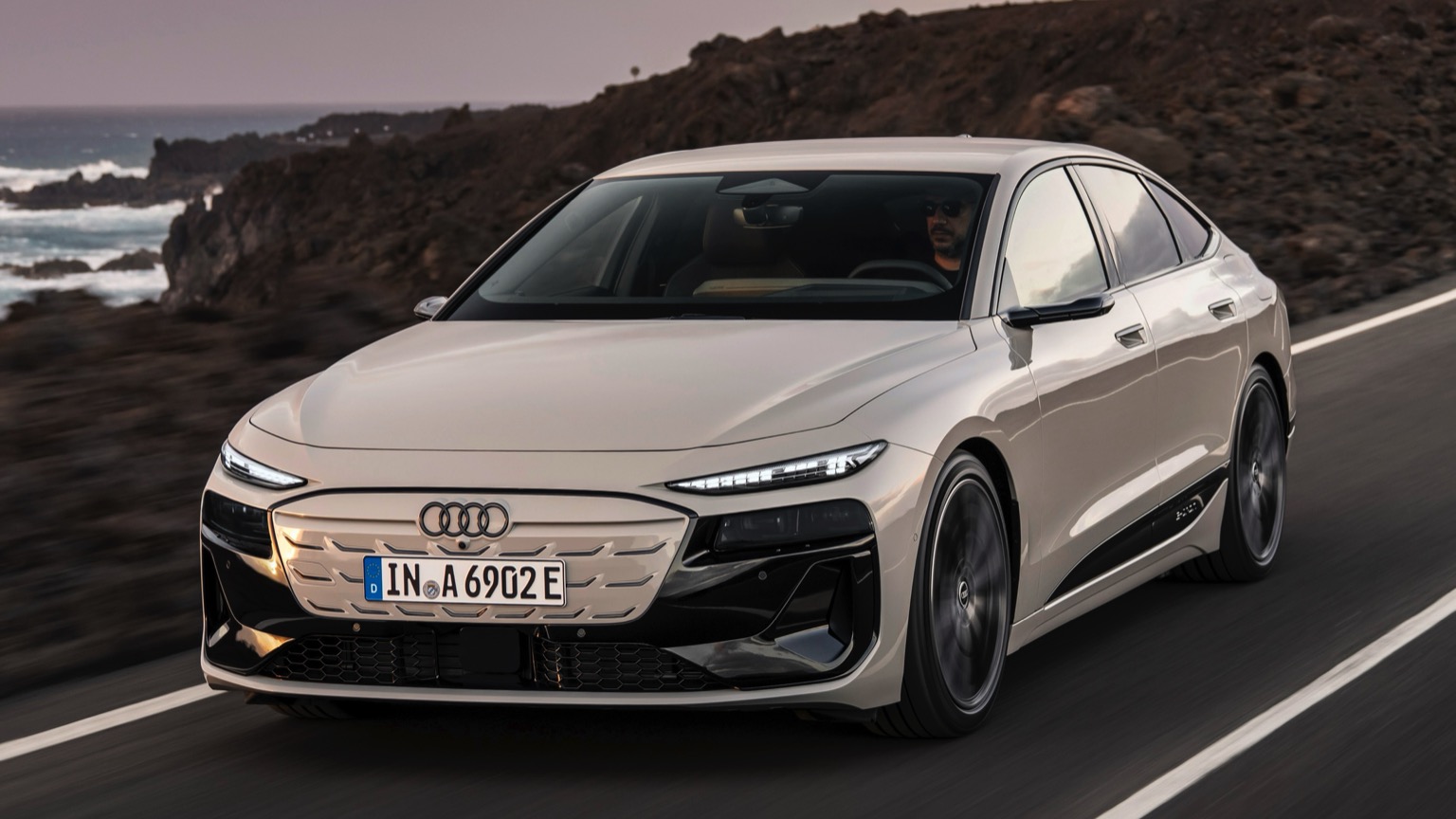
Critical systems like the timing chain and supercharger have proven more robust than earlier Audi powertrains, and the ZF 8-speed automatic is one of the best in its class.
We included the A6 3.0T on this list because it offers a driving experience and level of refinement that few cars under $15K can match. It’s fast, comfortable, and genuinely luxurious—without demanding excessive sacrifices on reliability.
For buyers seeking a European driving experience without the horror stories often associated with used luxury vehicles, this particular Audi A6 stands out as a smart, attainable choice.
Just be sure to prioritize models with clean service histories and avoid early 2.0T trims with more finicky performance records. Stick with the 3.0T Quattro, and you’ll enjoy one of the most well-rounded used luxury cars available at this price point.
3. 2011–2013 Acura TL SH-AWD
For buyers looking for a sporty luxury sedan under $15,000 that doesn’t skimp on dependability or driving enjoyment, the 2011–2013 Acura TL SH-AWD is a standout.
With a reputation for long-term durability and an engaging all-wheel-drive system, this particular TL trim blends Honda engineering with premium appointments in a package that has aged gracefully.
The Super Handling All-Wheel Drive (SH-AWD) system is what truly sets this TL apart from its rivals. It actively distributes torque not just front-to-rear but also side-to-side across the rear wheels, enhancing grip and cornering precision.
Paired with a 3.7-liter V6 that produces 305 horsepower, the SH-AWD TL feels incredibly planted and responsive—especially for a vehicle in the midsize luxury segment. It delivers a genuinely sporty feel without sacrificing comfort.

Inside, the TL features Acura’s characteristic minimalist but well-constructed cabin. Standard features include leather seating, dual-zone climate control, a power sunroof, and an excellent sound system.
The optional Technology Package adds navigation, a rearview camera, and a 10-speaker ELS surround audio system that rivals many aftermarket setups. The layout may not be flashy, but it’s logically designed and user-friendly.
Where this TL really shines is reliability. The engine is a proven workhorse, and the SH-AWD system is robust if maintained properly. While some owners have noted minor issues with interior trim durability or infotainment quirks, major mechanical failures are rare.
The 6-speed automatic transmission is also more refined and durable compared to the earlier 5-speed units used in older TL models. Importantly, the car is relatively easy to maintain by Japanese luxury standards, with good parts availability and moderate labor costs.
We’ve selected the TL SH-AWD because it offers something unique in the under-$15K luxury car world: all-weather capability, genuine performance, and long-term reliability—all in one cohesive package.
While other luxury cars in this price bracket may force buyers to compromise between features and dependability, the Acura TL doesn’t ask for such trade-offs. It’s a car that still feels fresh to drive, with the added benefit of Honda’s proven longevity baked into the experience.
For those who want a reliable daily driver with a sporty edge and luxury refinement, the TL SH-AWD delivers far more than its price tag suggests.
4. 2013–2015 Volvo S60 T5
The 2013–2015 Volvo S60 T5 stands as a sensible yet upscale choice in the sub-$15K luxury segment. It offers a rare blend of Scandinavian design, advanced safety tech, and long-distance comfort—all wrapped in a vehicle that doesn’t cost a fortune to maintain.
For those who prioritize value and understated style over flashy badges, the S60 T5 delivers on all fronts.
Under the hood, the T5 model features a 2.5-liter turbocharged inline-5 engine making 250 horsepower, paired with a 6-speed automatic transmission. It delivers smooth acceleration and respectable fuel economy, typically averaging around 29 mpg on the highway.
While not a corner-carver like some German rivals, the S60 has a composed ride and just enough engagement to satisfy casual enthusiasts. Optional all-wheel drive models are available as well, adding year-round traction for those in colder or wetter climates.
The interior of the S60 exemplifies Volvo’s commitment to simplicity and ergonomic excellence. The floating center console design, intuitive climate controls, and soft leather seats reflect the Scandinavian philosophy of form following function.
Despite its relatively modest footprint, the S60 provides good space for front passengers and adequate room in the rear for two adults.

What helps this model stand out is its focus on safety. Volvo has always been at the forefront of automotive safety innovations, and the S60 is no exception.
Even base trims often include City Safety (a low-speed automatic braking system), while higher trims may add lane departure warning, blind-spot monitoring, and adaptive cruise control. These features were ahead of their time in this price bracket and remain relevant for modern drivers.
Reliability for the 2013–2015 S60 T5 is better than earlier Volvo models, thanks to refined electronics and a well-proven engine. While not as bulletproof as a Lexus, the S60 doesn’t come with the same reputation for high maintenance bills that haunts many European makes.
Regular oil changes and preventative care go a long way toward keeping these Volvos running smoothly past 150,000 miles.
We selected the S60 T5 because it’s one of the few luxury cars in this price range that successfully merges tasteful design, modern tech, and respectable longevity.
For the buyer who values class over flash, and safety over speed, the S60 is a quietly confident choice that delivers real luxury without drama.
5. 2014–2016 Buick LaCrosse Premium
The 2014–2016 Buick LaCrosse Premium may not be the flashiest name in the luxury segment, but for under $15,000, it offers an exceptional blend of comfort, features, and understated elegance—especially in rural or suburban areas where American luxury still carries weight.
Its smooth ride, roomy cabin, and long list of amenities make it one of the most underappreciated used luxury buys in today’s market.
The LaCrosse Premium trim comes with a 3.6-liter V6 engine that delivers 304 horsepower, paired with a 6-speed automatic transmission. This powertrain strikes a good balance between smooth cruising and capable acceleration.
While not particularly sporty, the LaCrosse is built for comfort and long-distance travel, soaking up highway miles with minimal noise or harshness. Available all-wheel drive models add year-round usability, and fuel economy hovers around 26 mpg highway—respectable for its class and size.

Inside, the LaCrosse is where it really shines. The Premium trim brings heated and ventilated leather seats, real wood accents, a heated steering wheel, dual-zone climate control, navigation, and a premium Bose audio system.
There’s a genuine sense of quiet sophistication, helped by Buick’s QuietTuning technology that actively cancels out road and engine noise. The cabin design is fluid and upscale without trying too hard to imitate European competitors.
We included the LaCrosse Premium because it offers a full-size luxury experience without the costs typically associated with German or British brands.
Maintenance and repair costs are generally lower, thanks to the widespread availability of GM parts and relatively simple mechanical systems.
The V6 engine has a solid reputation for reliability, and the 6-speed transmission is far less temperamental than the dual-clutch units used by many rivals.
The LaCrosse is also appealing to buyers who want a luxury car that doesn’t attract unnecessary attention. It’s refined but not ostentatious, ideal for older professionals, retirees, or anyone who simply values comfort and space over speed and badges.
With clean examples often found under $13K with reasonable mileage, this Buick punches above its weight in the value department.
If you’re looking for a quietly luxurious, feature-rich sedan that doesn’t cost a fortune to own, the Buick LaCrosse Premium offers everything most drivers want—without the steep price tag or reliability gamble.
5 Luxury Cars Under $15K That Aren’t Worth Buying
Luxury cars often carry a reputation for prestige, performance, and comfort—but once they depreciate to under $15,000, not all of them remain smart buys.
While some luxury models continue to provide reliable service and retain premium features, others become financial burdens masked by badge appeal.
The cars in this list may look desirable on the surface, but beneath the leather seats and chrome accents lie pitfalls that can quickly drain your wallet.
From costly electronic failures to transmission issues and scarce replacement parts, these vehicles exemplify how quickly the ownership experience can deteriorate once the factory warranty has expired.
Many buyers are lured in by the sub-$15K price tag, only to discover that the cost of ownership far exceeds the purchase price. Inconsistent reliability, high repair costs, poor resale value, and outdated technology all play a role in making these models less than ideal for budget-conscious luxury seekers.
This section focuses on luxury vehicles that may have once turned heads in dealership showrooms but now demand caution on the used market. Some suffer from poorly designed powertrains, while others are plagued by underwhelming build quality or expensive-to-fix quirks.
For shoppers looking for peace of mind or even modest performance without excessive repair bills, these are the luxury cars to avoid.
Each vehicle selected here has a clear reason for being included—ranging from known mechanical flaws to inflated maintenance costs or simply poor long-term durability.
These aren’t bad cars when new, but they don’t transition well into the sub-$15K segment. In many cases, spending a little more up front—or looking at non-luxury alternatives—will save far more over time.
Let’s break down five luxury cars under $15,000 that might tempt you at first glance, but end up being more trouble than they’re worth.
1. 2012–2014 Jaguar XF
The 2012–2014 Jaguar XF often draws buyers in with its sleek styling, British prestige, and dynamic driving experience.
However, when priced under $15,000 on the used market, the XF is generally not a wise choice for most luxury car shoppers due to its notoriously poor reliability and costly maintenance.
While the Jaguar XF offers a refined ride and sharp handling thanks to its well-tuned suspension and available V6 or supercharged V8 engines, these performance benefits come with significant drawbacks.
Many owners report persistent electrical gremlins, from malfunctioning infotainment systems to erratic dashboard warning lights.
The XF’s complex electronics, including advanced driver aids and computerized modules, often fail after warranty expiration, leading to expensive diagnostic bills and parts replacements.
Mechanically, the XF’s engines and transmissions can be temperamental. The 3.0-liter supercharged V6, though powerful, has been known to suffer from oil leaks and cooling system issues.
Meanwhile, the ZF 8-speed automatic transmission, praised for its smooth shifts when functioning correctly, can develop costly problems including mechatronic failures and rough shifting. Repairs and parts for Jaguars are often pricier than for mainstream luxury competitors, due to lower parts availability and higher labor rates.
Another factor contributing to the XF’s poor ownership experience is its below-average build quality. Interior materials, though plush initially, tend to wear prematurely, and certain trim components have been reported to loosen or rattle over time. Fuel economy is also lackluster, especially for the V8 models, compounding running costs.
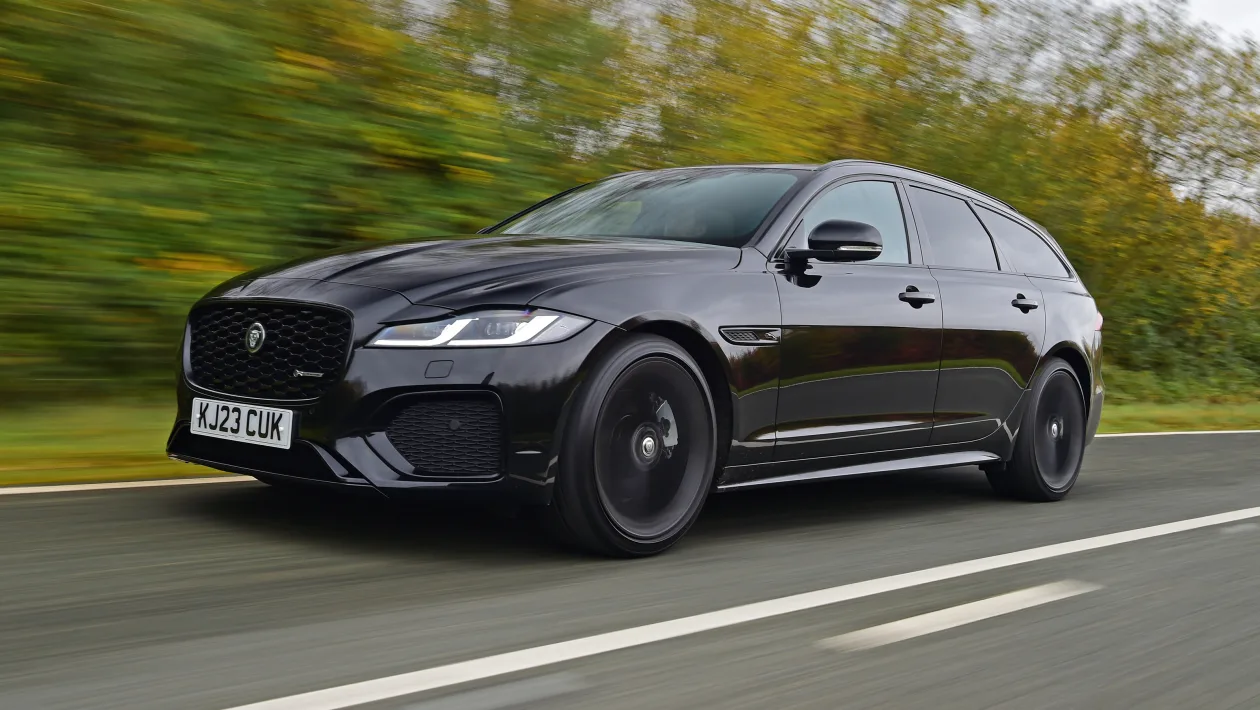
Depreciation is steep with the XF, which might seem like a deal at first but leads to poor resale value down the line. Combined with the high maintenance burden and reliability woes, this Jaguar quickly becomes an expensive proposition.
In summary, while the Jaguar XF is undeniably attractive and offers engaging driving dynamics, its sub-$15K models come with a risk of high repair costs, electronic issues, and frustrating ownership experiences.
For buyers looking for long-term value and lower hassle, there are better luxury sedans available in this price range.
2. 2013–2015 Cadillac ATS
The 2013–2015 Cadillac ATS made waves upon release, touted as a compact luxury sedan designed to compete head-to-head with the BMW 3 Series and Audi A4. Its sharp styling, rear-wheel-drive platform, and turbocharged engines promised an engaging drive.
However, when shopping for an ATS under $15,000, buyers should exercise caution due to several reliability concerns and high maintenance costs that undermine its appeal.
Mechanically, the ATS comes with a choice between a 2.0-liter turbocharged four-cylinder or a 3.6-liter naturally aspirated V6.
While both engines offer respectable power, the turbocharged four-cylinder is prone to issues such as oil consumption and timing chain problems if not properly maintained.
The ATS also employs an 8-speed automatic transmission that can exhibit rough shifting or hesitation, especially if transmission fluid changes were neglected. Repairing or rebuilding this transmission can be expensive and labor-intensive.
Electronics and infotainment systems in the ATS have been known to glitch, with some owners reporting frequent software updates and system freezes.
The CUE infotainment interface, in particular, drew criticism for its unintuitive operation and unreliability, making the driving experience frustrating for some users.
Another drawback is the relatively high cost of parts and repairs compared to mainstream luxury rivals. Cadillac’s parts can be costly, and finding qualified mechanics who specialize in the brand is less common outside major metropolitan areas, leading to higher service bills and longer wait times.

The ATS also depreciates quickly, losing significant value within the first few years of ownership. While this can initially make used models affordable, the ongoing repair and maintenance costs may outweigh the savings.
Additionally, interior materials, while stylish, sometimes fail to match the durability expected in the luxury segment. Premature wear of trim pieces and occasional rattles can detract from the overall refinement.
In conclusion, although the Cadillac ATS offers strong performance and attractive styling, its reputation for mechanical and electronic issues combined with expensive upkeep make it a less desirable choice in the sub-$15K luxury market.
Buyers seeking reliability and peace of mind would be wise to explore alternatives that better balance cost and long-term durability.
3. 2010–2013 BMW 5 Series (E60/E61)
The 2010–2013 BMW 5 Series (E60/E61) is often admired for its dynamic driving experience, classic German engineering, and luxurious cabin.
However, finding one under $15,000 typically means owning a car with high mileage and potential costly repairs that can make it a less-than-ideal choice for budget-conscious buyers.
BMW’s 5 Series models from this generation offer a variety of engines, including inline-six and V8 options, all delivering strong performance and smooth power delivery.
However, this performance comes at the cost of complex mechanical systems that can be expensive to maintain. The E60 5 Series is known for oil leaks, cooling system failures, and electronic glitches, all of which require attentive upkeep and can quickly add up in repair bills.
The common failure points for these cars include the water pump, thermostat, and valve cover gaskets, which often need replacement around the 100,000-mile mark.
Additionally, the electronic components such as the iDrive system and sensors may malfunction with age, leading to frustrating driver experiences and costly diagnostics.
Transmission-wise, automatic models with the 6-speed or 7-speed transmissions can suffer from rough shifting or failure if not properly maintained. Repairs for BMW transmissions are notorious for their high cost, often reaching several thousand dollars.
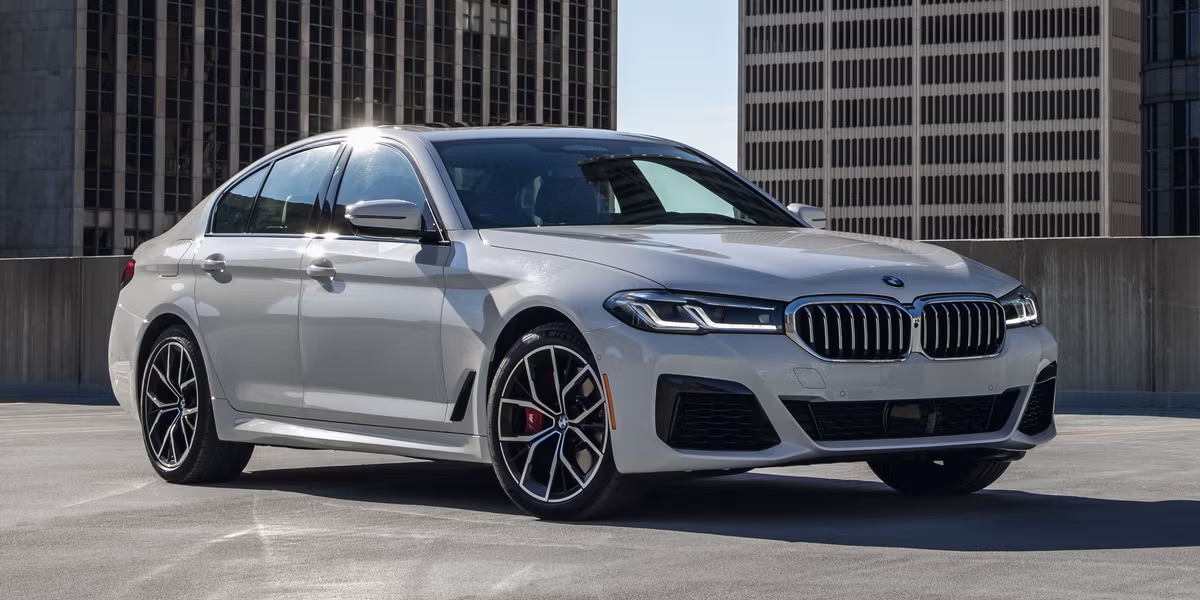
The 5 Series’ luxury cabin, though well-appointed, may also show signs of wear at this price point, with leather seats cracking and trim pieces loosening. Fuel economy is average for the class but can fluctuate based on engine choice and driving style, with premium fuel requirements further increasing running costs.
One key downside of purchasing an E60 5 Series under $15K is the steep depreciation combined with the potential for costly repairs. While the initial purchase price might seem appealing, ownership costs can quickly erode savings, especially for those unfamiliar with German car maintenance.
In summary, the 2010–2013 BMW 5 Series delivers a rewarding driving experience but demands a careful and often expensive ownership commitment.
For buyers prioritizing reliability and affordable maintenance, this generation of 5 Series is often better to admire from afar or buy only with a detailed service history and mechanical inspection.
4. 2011–2014 Mercedes-Benz E-Class (W212)
The 2011–2014 Mercedes-Benz E-Class (W212) is frequently praised for its classic luxury appeal, refined ride, and elegant interior.
However, when shopping for an E-Class under $15,000, prospective buyers should be wary of the high cost of ownership and reliability challenges that often accompany these used models.
Mercedes-Benz engineered the W212 to deliver a balance of comfort, performance, and advanced technology, offering a variety of engines from efficient V6s to powerful V8s. Despite this, many W212 E-Class cars in the sub-$15K price range are high-mileage vehicles with known mechanical vulnerabilities.
Common issues include air suspension failures, which can cost thousands to repair, and problems with the balance shaft and timing chain in certain V6 engines.
Electronics in the W212 are also a mixed bag. While packed with features like COMAND infotainment and driver assistance systems, these components have a reputation for malfunctioning as the vehicle ages.
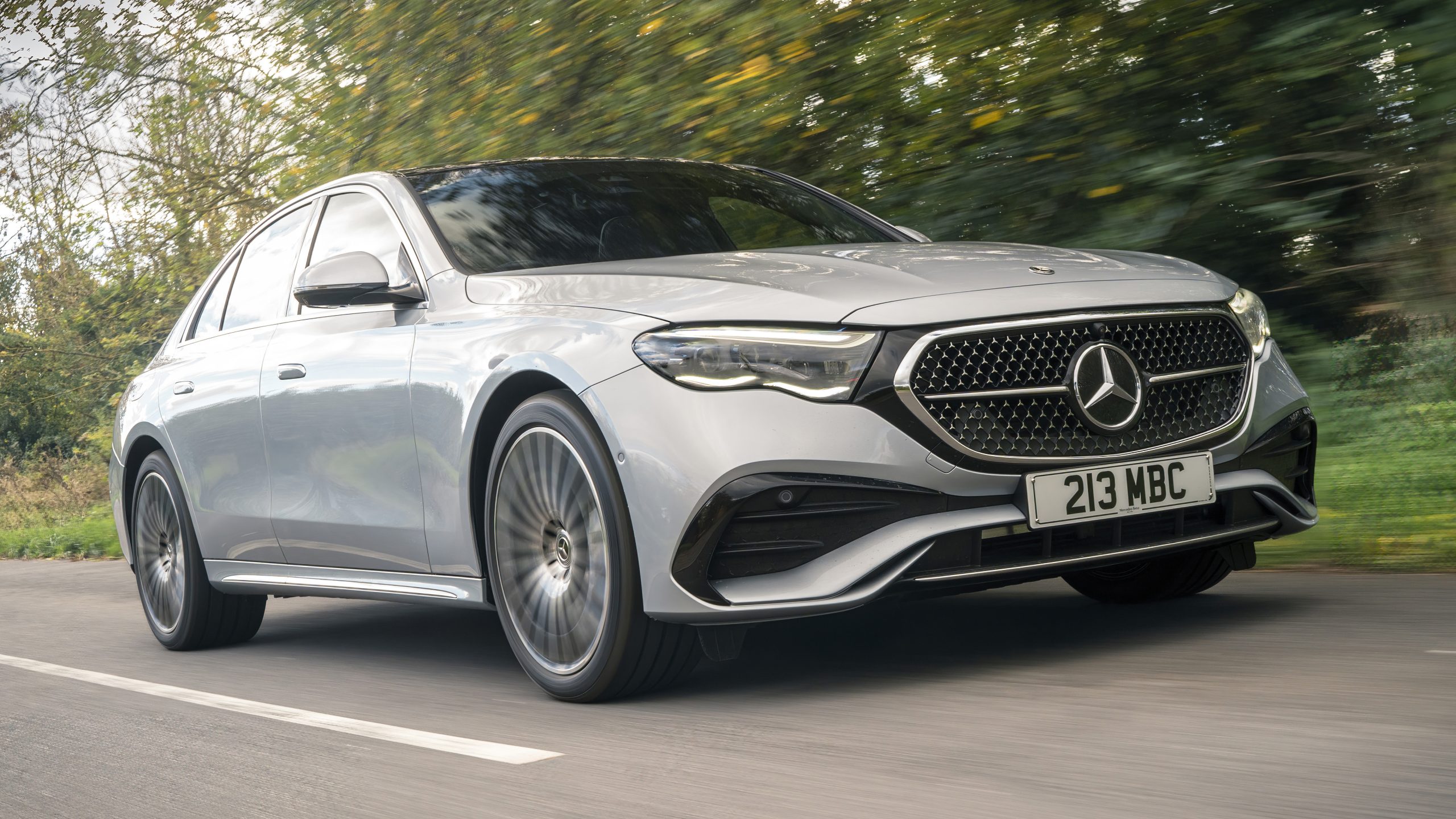
Issues with navigation, Bluetooth connectivity, and sensor failures can make the ownership experience frustrating and expensive.
Maintenance and repair costs for Mercedes-Benz parts and labor are notoriously high. Even routine services tend to be pricier compared to non-luxury brands, and complex repairs such as transmission or suspension replacements significantly impact the total cost of ownership.
Additionally, depreciation hits the W212 hard, which might tempt buyers into thinking they’re getting a bargain. However, the steep drop in resale value combined with potentially expensive repairs often negates the initial savings.
Interior materials and build quality are generally solid, but wear and tear on older models can detract from the luxury experience.
Fuel economy for this generation of E-Class is average, but premium fuel requirements and maintenance costs add up over time.
Overall, while the Mercedes-Benz E-Class W212 remains a desirable luxury sedan on paper, its sub-$15K models come with substantial risks. The potential for costly repairs, complicated electronics, and high upkeep make it less attractive for buyers seeking reliable luxury on a budget.
5. 2010–2013 Infiniti M37/M56
The 2010–2013 Infiniti M37 and M56 sedans offer strong performance and a comfortable interior, but when found under $15,000, they tend to come with significant maintenance and reliability concerns that can make ownership costly and frustrating.
Both the M37 and M56 come with powerful V6 and V8 engines respectively, delivering smooth acceleration and responsive handling.
However, these engines are known for oil consumption issues and early wear of components such as the timing chain and valve seals. Repairs for these problems can be expensive, especially if they’re neglected until major damage occurs.
The Infiniti M models also have complex electronics and infotainment systems that can malfunction as they age. Owners often report issues with the navigation, climate control, and various sensor failures that require professional diagnostics and costly repairs.
Transmission reliability varies; some owners experience rough shifting or transmission failure, particularly if routine maintenance wasn’t properly performed. Given Infiniti’s luxury status, replacement parts and labor can be pricier than non-luxury brands.
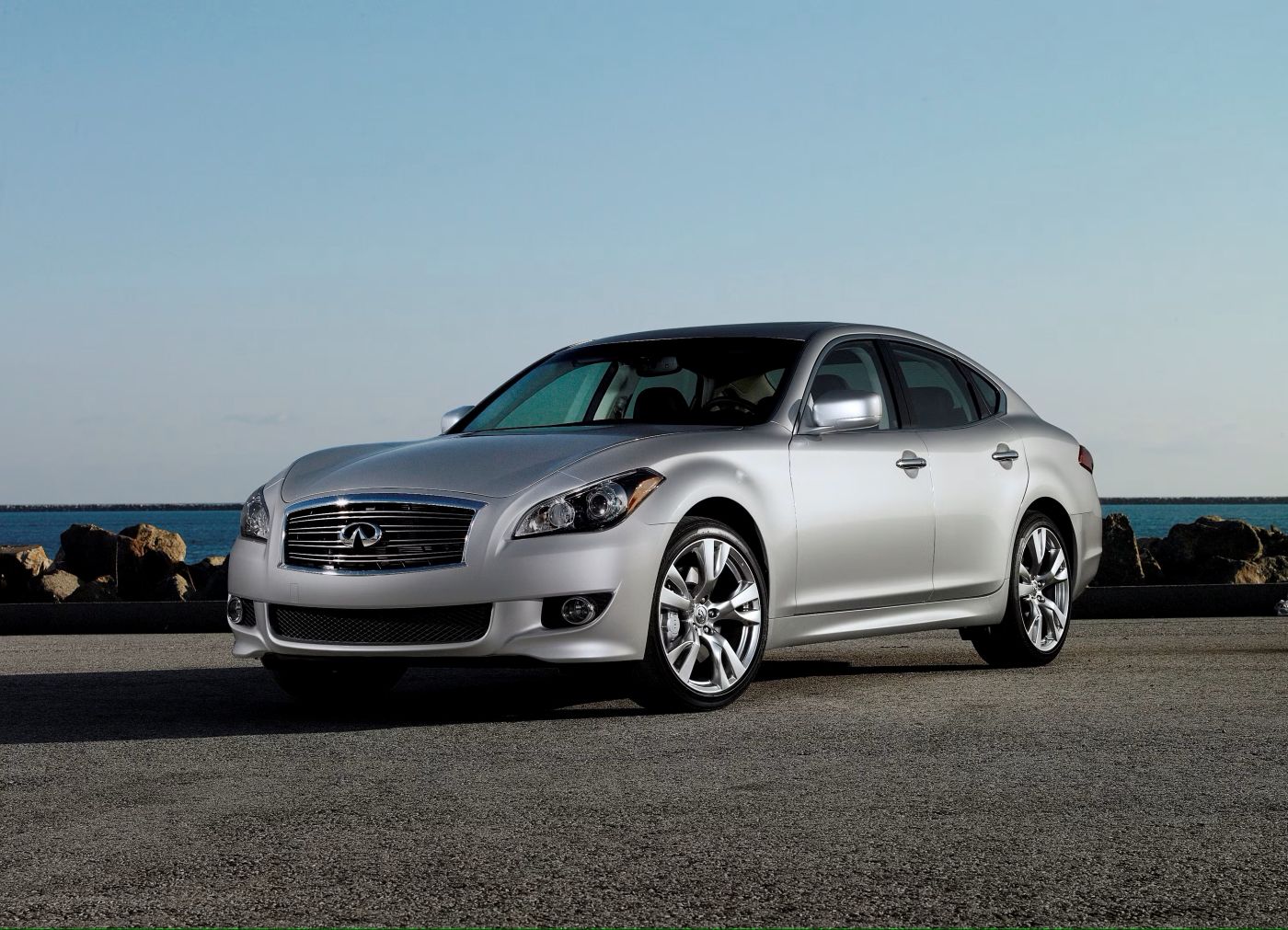
Suspension components may also need attention after higher mileage, with worn bushings and struts affecting ride quality and handling.
While the interior quality is generally good and cabin features competitive, aging models frequently show wear in leather seating and trim materials, detracting from the premium feel.
Despite its performance credentials, the Infiniti M37/M56 depreciates quickly, tempting budget buyers. However, the high maintenance costs and reliability concerns often overshadow the initial affordability.
In summary, the Infiniti M37/M56 sedans provide luxury and performance but carry hidden ownership costs that make them a less favorable choice for buyers looking for dependable luxury cars under $15,000.
Navigating the used luxury car market under $15,000 can be a challenging endeavor. While the allure of affordable luxury is undeniable, it is essential to recognize that not all luxury cars offer equal value or reliability in this price range.
As we have seen, some models stand out as worthwhile investments, delivering a combination of durability, comfort, and manageable maintenance costs that keep ownership satisfying and economical.
These vehicles typically have a solid reputation for reliability, a history of reasonable upkeep expenses, and a balance of performance and luxury that endures beyond their prime years.
On the other hand, several luxury cars under $15,000 fall short of expectations due to frequent mechanical issues, costly repairs, and steep depreciation.
These cars may initially appear attractive due to their price and premium badge, but they can quickly become financial burdens for owners unprepared for the upkeep demands.
Problems with electronics, engine components, transmissions, and suspension systems are common culprits behind their poor value retention. Moreover, the specialized nature of luxury car repairs often translates into higher labor and parts costs, which can strain the budget of an average buyer.
For prospective buyers, the key takeaway is the importance of thorough research and cautious selection. Investing time in understanding the specific model years, common issues, and maintenance history of each vehicle is vital.
Opting for luxury cars that have proven reliability and readily available parts can significantly reduce the risk of unexpected expenses.
Ultimately, the used luxury market offers both gems and pitfalls. By choosing wisely and prioritizing reliability alongside luxury features, buyers can enjoy the prestige and comfort of a luxury car without suffering the financial headaches that often accompany budget-priced luxury vehicles.
Avoiding models known for chronic problems and opting for those with solid track records will lead to a more rewarding ownership experience and better long-term value.
Also Read: 5 Cars You’ll Always Get Offers On and 5 You’ll Have to Practically Give Away

